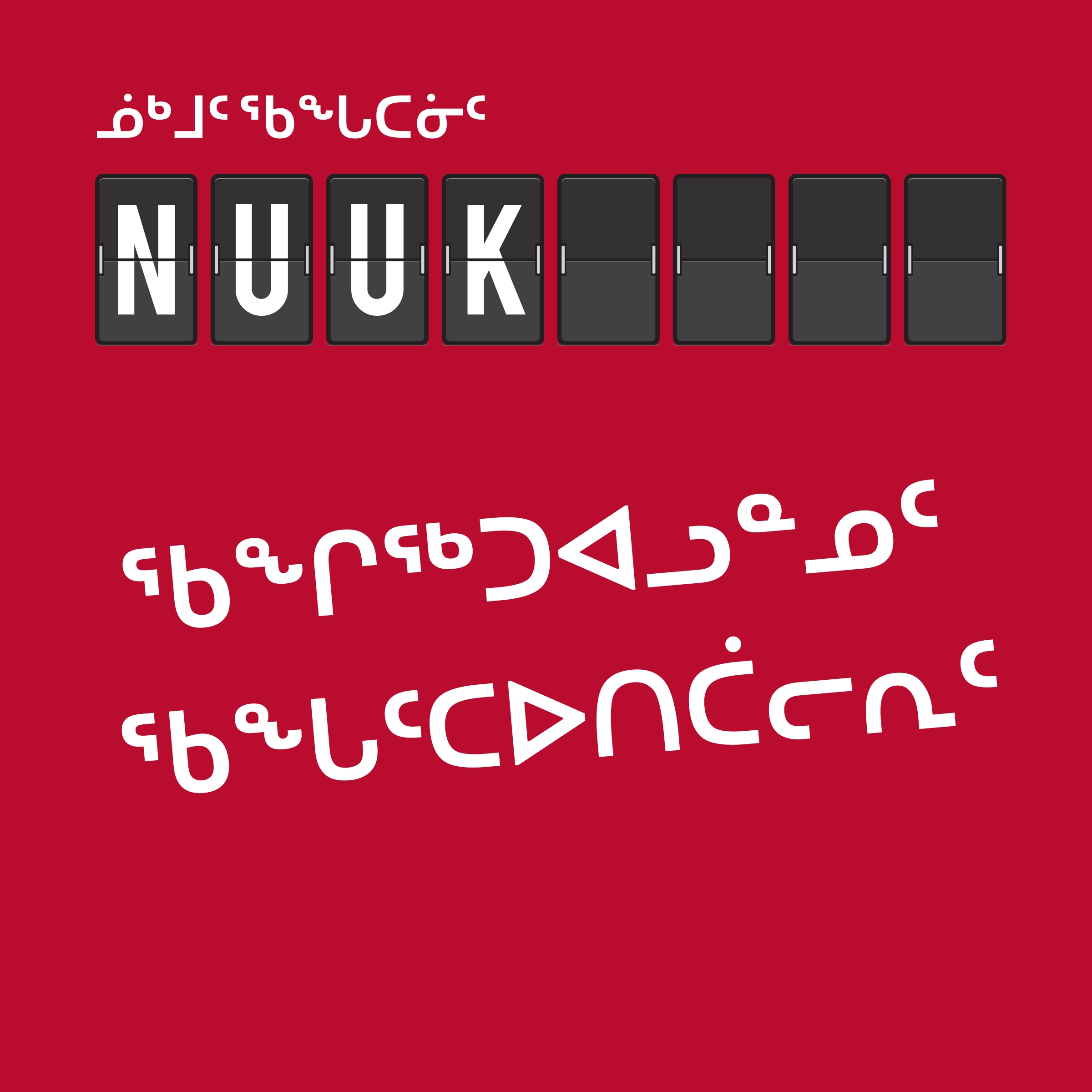Kugluktuk will provide you with a unique Nunavut experience that is hard to forget. In the local Inuinnaqtun dialect, Qurluktuk means ‘place of moving water’, which is a very good description of a community tied closely to the magnificent Coppermine River. The landscape surrounding the community is much more temperate than most Nunavut communities. Kugluktuk provides, however, some of the best arctic experiences with wildlife viewing and a deep connection to cultural traditions. Incredible, accessible experiences await.
Essential Kugluktuk experiences include:
- A trip to nearby Kugluq (Bloody Falls) Territorial Park to experience breathtaking landscapes and try your hand at fishing
- Experience local history at the Kugluktuk Heritage Visitor Centre and Museum
Begin your Kugluktuk experience with a visit to the Kugluktuk Heritage Visitor Centre and Museum to receive a complete overview of the fascinating history and opportunities in the region.
The Inuit of Kugluktuk are Copper Inuit people, descendants of the ancient Thule people. They speak Inuinnaqtun – a closely related language to Inuktitut. The Copper Inuit was so named because they made arrowheads, spearheads, ulu blades, chisels, harpoons and knives form copper sources along the shores of the Coppermine River.
Kugluktuk is a stunning community located at the mouth of the Coppermine River. Steeped in history, Kugluktuk has been known as a cross-cultural meeting point for centuries. The area had been cohabitated by both Inuit and Dene First Nations people and there was long and complicated relationship between the two groups.
Kugluk Territorial Parks is a short trip away from Kugluktuk. Take a picturesque journey to see the stunning falls and spectacular shoreline.Once the site of a great massacre, it also became the setting for reconciliation in 1996, when the two groups participated in a healing ceremony.
The Inuit of this area made first European contact with Samuel Hearne in 1771. Samuel Hearne worked for the Hudson’s Bay Company and named the large nearby river the ‘Coppermine’. Local Inuit were known as Copper Inuit as they mined and used copper, an important resource for everyday life and trade. Kugluktuk Copper was found throughout the Arctic, traded from group to group.
Scientist and anthropologist, Diamond Jenness lived in the area, documenting the lives of Copper Inuit from 1913 to 1916. The Hudson’s Bay Company established a permanent post in 1927 and the RCMP outpost followed in 1932. In the 1950’s, the community began further development with the construction of a school, a nursing station, and a weather station.
Today you will find a community that is welcoming of visitors but still very close to the land. Wildlife viewing include many unique animals such as wolverines, falcons and hawks, caribou, muskox and moose.







